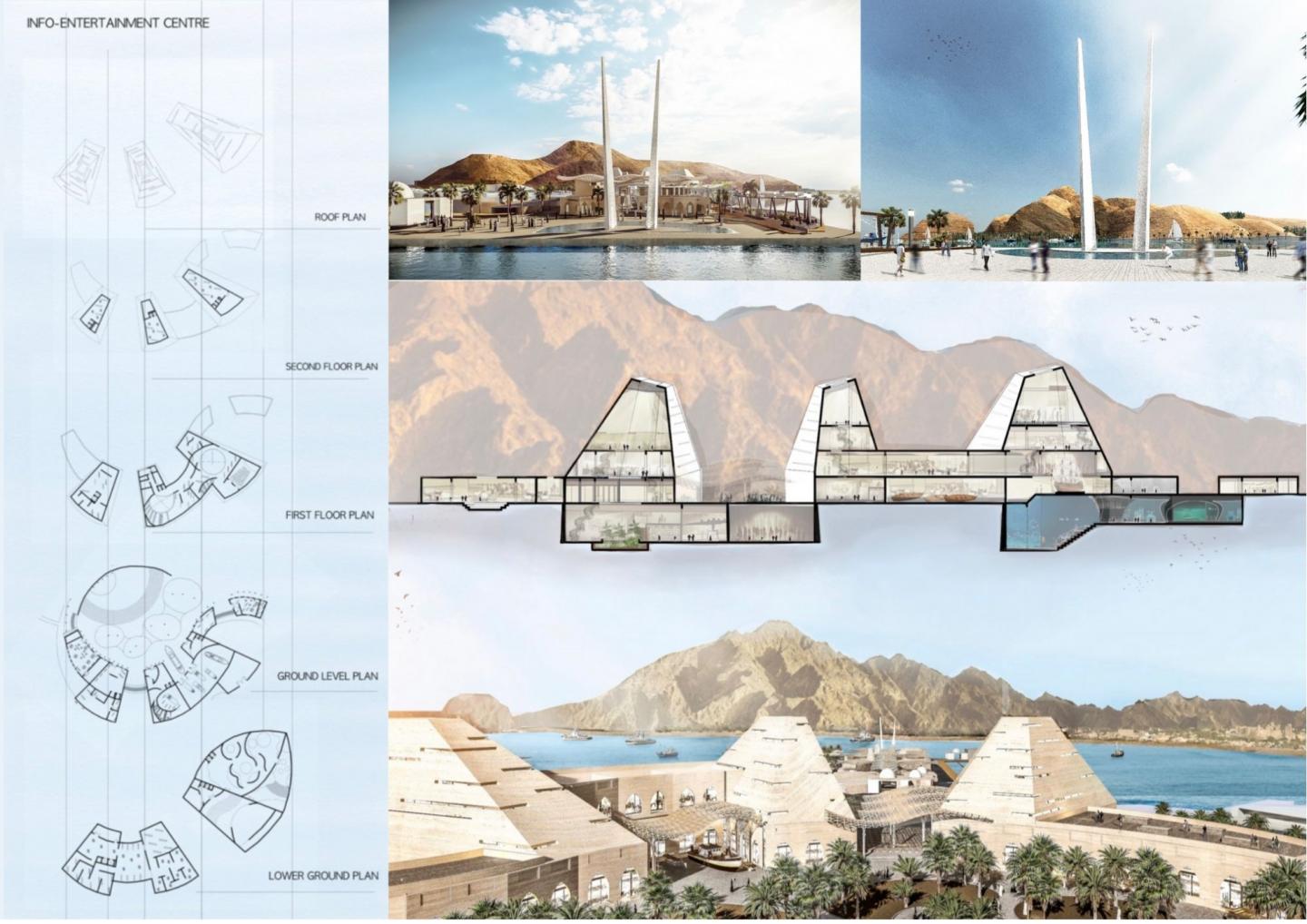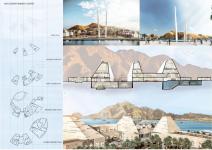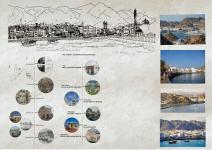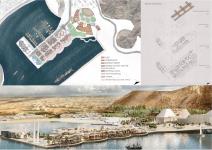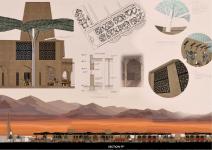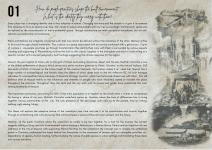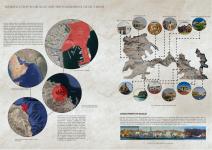Every place has a changing identity and is thus adaptive in nature. Changing functions and the people in it give it its essence that develops to form an density over time. Man tends to weave relationships with his/ her surroundings. Architectural space can be defined as the concretization of man's existential space. Through architecture we mark our spatial boundaries, but we also indicate our temporality and existence.
Place and Memory are integrally connected such that one cannot be defined without the reference of the other. Memory is thus to be found through placed materiality. Thus a place is a space associated with an activity combined with a genius loci. ( Spirit of a place ) . As people practices go through transformation the identity they carry with them is surrounded by various aspects creating and supporting it. Placemaking involves the built vs the unbuilt, tangible vs the intangible and solid vs voids sitting in a specific context with a sacred geography, built heritage suggesting the climate response for the region.
Muscat, the port capital of Oman, sits on the gulf of Oman surrounding mountains, desert and the sea. Muttrah, Corniche is one of the oldest settlements of Muscat, which serves as a prime maritime gateway to Oman. Situated on the natural harbour, 250 kms south of Strait of Hormuz on the Indian Coast of the Arabian Peninsula, the location makes it an ideal hub. Muscat has a large number of archaeological and historic sites, the oldest of which dates back to the 6th millenium BC. It's built heritage indicates it's cosmopolitan history because of Muscat's strategic location, which has historically linked East with West. The old defence sites of Muscat testify to the influences and interests of people who have inhabited, visited or invaded the place throughout the centuries. Throughout time, the forts and the city wall, with its towers and gates, have constituted the most striking landmarks of Muscat.
The expatriate community, accounting for 38% of the city's population is at neglect by the locals when it comes to acceptance for having a place of our own. Muttrah, Corniche waterfront serves as location where the lines of differences blur to bring together various communities of the city. The sole presence of the sea brings calm and joy to the people, they go fishing, walking, sight seeing, hiking.
This thesis will explore the adaptive nature of the waterfront over time and use it to tie communities and tourists together through an entertaining and cultural journey that will encompass a space of Muscat's past, present and the future.
Marking all the public functions along the waterfront as nodes to be tied together for a trail for the tourists, the context suggests adding a Souq, and Info-Entertainment centre housing a Narratorium, a Marine History Centre and an Aquarium all new additions to the city of Muscat, with supporting Marina facilities for the waterfront. My concept was to analyze the settlement patter in Corniche, understand the layers behind the formations i.e the movement of breeze, spill out intangible activities, co-dependancy of spaces, mutual shading, further studying the nature of public spaces in urban settings and translating those ideas into various iterations.
2020
0000
Architecture is a unique component of a country’s culture just as much as its language, music, art, literature or food. Architecture is also the most visual of those cultural components; This is called “genius loci,” the “spirit of a place”. Every country has its own genius loci, its own uniqueness. Vernacular architecture is
composed of local materials and derived from local customs, techniques that have been passed on from generation to generation. The Architecture of Oman has been influenced over time, and over the country by its natural environment: the urban setting is not far removed from the natural landscape, linking both in an underlying thread of continuity from the ancient to the modern and from one region to the next-from Muscat south to Dhofar.
THE BAY | SouqPromenade Community architecture was an important consideration in the planning of Islamic cities and towns. The scale of neighbourhood quarters accomodated-within walking distance- the full range of daily activities of the community. This proximity never meant the overlapping of the private and public aspects of the individual’ life. Each element and function fitted within a distinct hierarchy: mosques and madrasas, souqs and maydans were communal focal points, much like the piazza in Italian towns, while the house was the sanctuary of family life. The spirit of these quarters was maintained through the community’s interaction with the different elements of the urban fabric, and through an understanding of the hierarchy of organization which underlay this structure.
Aditi Singh Solanki
Favorited 2 times
